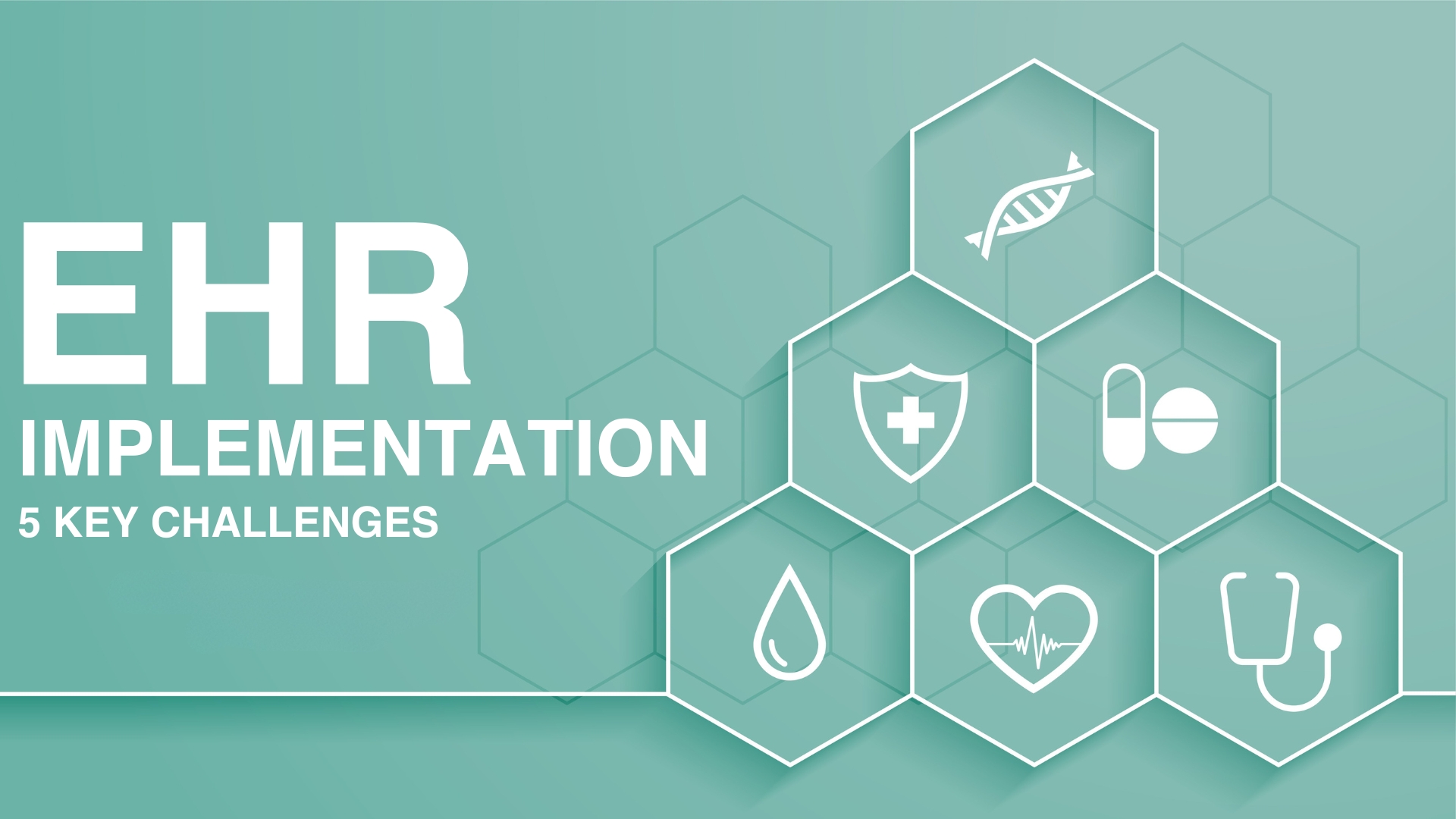Optimizing EHR Implementation: Overcoming Challenges for Success
Implementing Electronic Health Records (EHR) is a major step for any healthcare organization. Transitioning from paper-based records to a digital system can streamline operations and improve patient care. However, EHR implementation challenges often create roadblocks that need careful planning to overcome.
In this article, we’ll explore the most common EHR implementation issues and challenges, why they occur, and how to resolve them. By addressing these concerns, healthcare organizations can ensure a smoother transition to EHR systems.
Understanding the Scope of EHR Implementation
EHR implementation involves more than just installing new software. Organizations must evaluate existing workflows, engage stakeholders, and prepare for potential hurdles. Each department may face unique issues, requiring customized solutions. A well-planned approach helps align the project with strategic goals and ensures a successful implementation.

1. Financial Constraints and Cost Management
One of the biggest EHR challenges is cost. Implementation requires a significant financial investment, including software licensing, hardware upgrades, and ongoing maintenance fees. Additionally, unexpected expenses, such as productivity losses during the transition, can further strain budgets.
Addressing the Cost Challenge:
- Conduct a detailed cost-benefit analysis before implementation.
- Explore financing options, including government grants and vendor partnerships.
- Negotiate flexible payment plans with EHR vendors.
- Plan for long-term costs, such as system updates and technical support.
2. Resistance to Change Among Staff
Change can be difficult, and many healthcare professionals resist new technology. Concerns about workflow disruptions and the learning curve of new systems often contribute to pushback.
Overcoming Resistance:
- Communicate the benefits of EHR systems clearly to staff.
- Involve employees in the decision-making process to increase buy-in.
- Provide tailored training programs for different user roles.
- Highlight success stories from similar implementations.
- Gather continuous feedback and make necessary adjustments.
3. Training and Support for Users
Proper training is essential for EHR success, but balancing training with daily responsibilities can be challenging. Inadequate training may lead to errors, frustration, and low adoption rates.
Ensuring Effective Training Programs:
- Customize training based on staff roles and expertise.
- Use hands-on sessions, online courses, and real-world simulations.
- Offer continuous support through help desks and online resources.
- Schedule refresher courses to keep staff updated on system features.
4. Data Migration and System Integration
Migrating data from legacy systems to a new EHR platform is complex and prone to errors. Inaccurate data transfer can impact patient care and operational efficiency. Additionally, integrating the EHR system with other healthcare technologies, such as lab systems and billing software, can be technically challenging.
Streamlining Data Migration and Integration:
- Conduct a thorough data audit before migration to ensure accuracy.
- Utilize automation tools to reduce errors during data transfer.
- Engage IT experts to address integration issues.
- Test all integrations before going live to avoid system disruptions.
5. Ensuring Privacy and Security of Patient Data
Healthcare organizations must comply with strict data security regulations, such as HIPAA, to protect sensitive patient information. With cyber threats on the rise, robust security measures are essential.
Upholding Data Security Standards:
- Implement firewalls, encryption, and multi-factor authentication.
- Perform regular security audits and risk assessments.
- Restrict data access based on user roles.
- Train staff on cybersecurity best practices.
- Develop a comprehensive data breach response plan.
Conclusion: Navigating EHR Implementation Successfully
EHR implementation can revolutionize healthcare operations, but only if organizations effectively address the common challenges. From financial constraints to data migration issues, each hurdle requires strategic planning and proactive solutions.
By engaging stakeholders, investing in staff training, and ensuring data security, healthcare providers can successfully implement EHR systems. The result is improved patient care, enhanced efficiency, and seamless digital healthcare operations.






